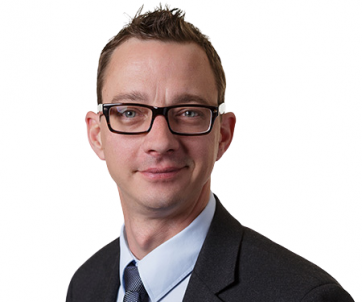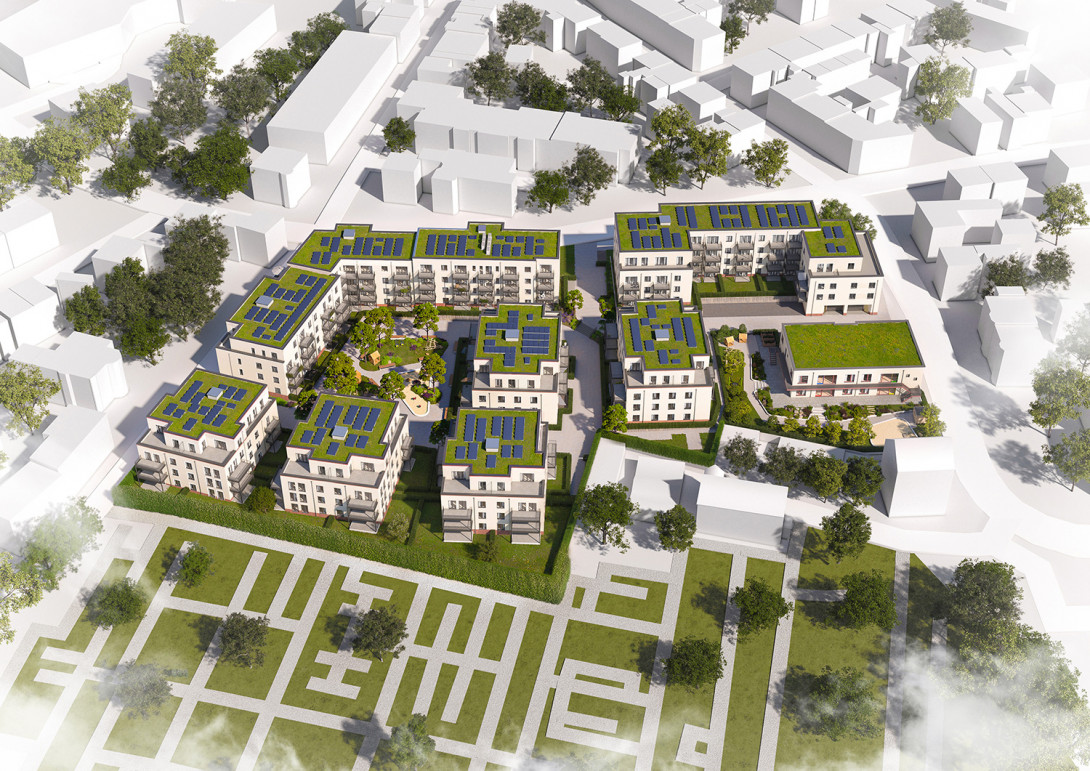
Quartier GREEEN - a prime example of sustainable heat supply
The energy transition is a political, economic and technological tour de force for our society. This often gives the impression that the focus is primarily on green electricity production using solar and wind power. In reality, however, the energy transition is a multi-faceted process. On the way to a fossil-free future, the expansion of supply grids, storage solutions and insulation systems must also be driven forward. Added to this is the sustainable supply of heat to buildings. It is an important item on the energy transition agenda - not least since the war in Ukraine and Germany's move away from Russian gas.
Green heat supply: Between innovation, technology and sustainability
While the energy market was in turmoil the year before last and at the beginning of last year, the situation has now eased somewhat. And the other positive news is that green supply concepts are more in demand than ever. This also applies to sustainable heat supply. Although there is a renovation backlog looming for existing buildings, the new construction sector is making progress. Not least due to political requirements, green heat supply concepts are considered must-haves here. Technically and economically suitable solutions are already available. These include biomass and gas, solar and geothermal energy and power-to-heat solutions. At the same time, new supply concepts have been established that make it easier for the real estate industry to switch to green alternatives. Energy contracting is a worthwhile option.
The next step towards zero carbon
Green heat plays an important role for the real estate sector, and future-proof neighborhoods are already largely CO2-neutral. In principle, fossil-free heat supply is no longer a problem and there are economical supply concepts. However, many property developers and project developers lack the know-how and experience to implement green heating solutions independently. It's good that they can rely on the support of energy experts like ENGIE Deutschland. We advise building owners and take on the planning and implementation of climate-friendly heating solutions. The success of our projects can be seen, for example, in the energy supply concept for the GREEEN district in North Rhine-Westphalia.
GREEEN district: Sustainable heat supply from ENGIE Germany
Quartier GREEEN is a new construction project in the city of Solingen. A total of 167 apartments are being built there on a gross floor area of 13,500 square meters. The project developer Kondor Wessels NRW is relying on ENGIE's expertise to ensure the most climate-friendly and renewable heating solution possible for the district. Our approach: a new concept for the heat supply that is completely geared towards the future.
Innovation from ENGIE for the GREEEN district
A combined solution consisting of heat pumps, geothermal energy and photovoltaics is being implemented to ensure a sustainable heat supply for the district. The solution is economically secured by a multi-year contracting agreement. The future-oriented project meets all the requirements of a climate-friendly and economical energy supply. It is regarded as a prime example and received funding from the Federal Ministry of Economics and Climate Protection (BMWK) under the Federal Subsidy for Efficient Heating Networks (BEW). These are granted exclusively for projects that have a high proportion of renewable energies or promote the decarbonization of existing structures. The basic prerequisite is proof of complete decarbonization of the heating network by 2045 at the latest, which is already being fulfilled in the Greeen project.
Technical details of the GREEEN quarter
- 5 brine-water pumps (total output 435 kilowatts) for heat production
- 54 boreholes for a geothermal probe field (at a depth of 160 meters) as a heat source
- 7 air-to-water heat pumps (total output 104 kilowatts) for regenerating the ground and covering peak loads
- 1 complex of rooftop photovoltaic systems (total output 217 kilowatts peak) for the electricity requirements of the heat pumps and for a tenant electricity concept (in planning)
Our combined solution stands for a sustainable and future-oriented energy supply, which we will secure for residents as a contractor for the next 20 years at fair costs and in line with the current market situation.
Solving challenges - ENGIE's contribution to the heat transition
By the way: GREEEN, the name of the new construction project, fits perfectly with the sustainable heat supply. However, it actually refers to the residential area's location close to nature. After all, the supply concept was not initially as green as the surrounding nature. Originally, a classic supply solution with a natural gas cogeneration unit and condensing peak load boiler was planned. In 2020, this was the most sensible and economical option, but this changed abruptly with the start of the war against Ukraine and the extreme rise in electricity and gas prices.
In order not to jeopardize the planned start of construction last year, we at ENGIE worked with the customer and the entire planning team to quickly develop an alternative to the planned natural gas supply. This was actually a real challenge. After all, the sustainable heat supply is electricity-based and requires completely different flow and return temperatures than originally planned. Instantaneous water heaters are installed in the buildings to provide the required temperatures for hot water. For this and other reasons, the redesign proved to be highly complex and challenging, not least because we developed the new supply concept during the ongoing process. Our experts mastered the challenge on time. As a lighthouse project, the "GREEEN" district now demonstrates all the more that the heating transition can succeed even under adverse conditions - it requires expertise, experience and a strong partner.
Our Expert












